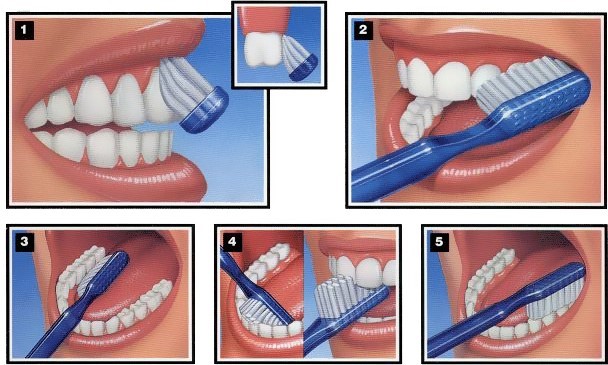- Empty cart.
- Continue Shopping
The Importance of Proper Brushing Techniques

Maintaining good oral hygiene is crucial for a healthy smile and overall well-being. One of the cornerstones of an effective oral care routine is proper brushing techniques. We will go into the significance of mastering this fundamental skill, providing you with invaluable insights into achieving optimal oral health.
The Foundation of Oral Health
1. Preventing Plaque Build-Up
Plaque, a sticky film of bacteria, constantly forms on our teeth. If not removed regularly, it can lead to tooth decay and gum disease. Proper brushing techniques are the frontline defense against plaque accumulation. When executed correctly, it dislodges and removes this harmful substance, preventing potential oral health issues.
2. Maintaining Fresh Breath
Bad breath, or halitosis, can be an embarrassing and socially isolating condition. It is often caused by the accumulation of bacteria in the mouth. Through meticulous brushing, especially of the tongue and roof of the mouth, you can significantly reduce the bacterial load, leading to fresher breath.
Mastering the Brushing Technique
3. Choosing the Right Tools
Selecting the appropriate toothbrush is the first step towards effective brushing. Opt for a soft-bristled brush to prevent damage to tooth enamel and sensitive gum tissue. Additionally, consider a brush with a small head to reach those tight spaces in the back of your mouth.
4. Proper Brushing Motion
The motion of your brush matters. Use gentle, circular motions to clean the surface of each tooth. Avoid harsh, horizontal scrubbing as it can erode enamel and irritate gums. Remember, a gentle touch with the right technique is far more effective.
5. Duration and Frequency
Adequate time devoted to brushing is vital. The recommended duration is a minimum of two minutes, twice a day. This ensures thorough coverage of all tooth surfaces, leaving no room for plaque to hide and cause harm.
Avoiding Common Pitfalls
6. Overlooking the Gum Line
The gum line is a hotbed for bacterial growth, yet it is often overlooked during brushing. Angle your toothbrush at a 45-degree angle towards the gum line and use gentle, circular motions to clean this area effectively.
7. Brushing Too Hard
While enthusiasm for oral health is commendable, aggressive brushing is counterproductive. Applying excessive pressure can lead to gum recession and enamel erosion. Remember, it’s the technique, not the force, that achieves the best results.
8. Neglecting the Tongue and Palate
The tongue and palate harbor a significant amount of bacteria. Gently brushing these areas not only contributes to fresher breath but also helps maintain overall oral health.
Complementing Your Routine
9. Incorporating Flossing and Mouthwash
While proper brushing techniques are paramount, they are most effective when complemented by regular flossing and mouthwash use. Flossing reaches areas between teeth and along the gum line that a toothbrush may miss, while mouthwash provides an additional layer of protection against bacteria.
10. Scheduling Regular Dental Check-ups
Even with impeccable oral hygiene practices, regular dental check-ups are indispensable. Professional cleanings and examinations can catch potential issues early, preventing them from progressing into more serious problems.
Conclusion
Mastering proper brushing techniques is not just a matter of routine, but a cornerstone of good oral health. By understanding the importance of these techniques and avoiding common pitfalls, you can pave the way for a radiant smile and long-lasting oral well-being. Remember, it’s not just about brushing—it’s about brushing right. Start today for a healthier, happier you.








